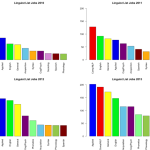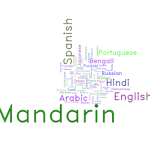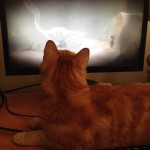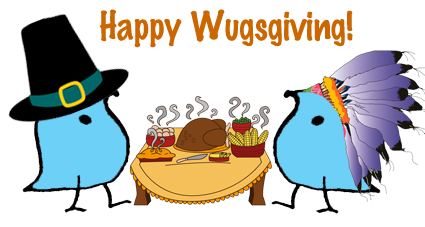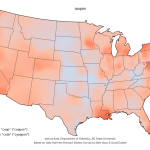A while ago, I scraped the LINGUIST List job pages and made a set of graphs for the Linguistics Club here at UCSB, to give the undergrads an idea of where the jobs are in linguistics. It turns out, Language Log did a similar thing, but focusing just on academic jobs and comparing the number of those jobs to the number of fresh PhDs in linguistics.
As part of the Developing Data Products class at Coursera, we’ve been encouraged to share our R Shiny apps on twitter using the #myDataProduct hashtag! I tweeted mine and blogged about it already. I’ve also blogged about word clouds in R. And lo and behold, someone did both! @dscorzoni combined Shiny and word clouds into a nifty little app that takes a URL and generates a word cloud from it! How cool!!
I’m taking a course called Developing Data Products at Coursera as part of the Data Science Specialization. We just learned out to make interactive graphs using Shiny, and I’m kind of obsessed. I made one using data about how long it really takes for PhD students to get their degree. You can play with it here!
My friend recently asked me how I make word clouds for presentations. Wordle is definitely a good choice. WordPress automatically makes word clouds out of my tags in the sidebar. But sometimes you can’t or don’t want to upload your data to places like WordPress or Wordle and you just want to use R (because you use R for everything else, so why not? Or is that just me?).
In a typical word cloud, word frequency is what determines the size of the word. As of this writing, the word cloud in my side bar (over there →) has “linguistics” and “programming” as clearly the largest words. Tags like “video games,” “language,” and “education” are also pretty big. There are also really small words like “Navajo” and “handwriting.” This reflects the frequency of each tag. Bigger tags are more frequent, so I write about linguistics a lot but not so much about Navajo in particular.
Tonight will be the American Dialect Society’s annual vote for The Word of the Year!! Unfortunately, I’m not in Portland to vote. The list of nominees are here. My picks?
- Most Useful: even
- Most Creative: columbusing
- Most Unnecessary: lumbersexual
- Most Outrageous: second-amendment
- Most Euphemistic: thirsty
- Most Likely to Succeed: casual
- Least Likely to Succeed: platisher
- Most Notable Hashtag: #notallmen
- Word of the Year: Ebola
 Let’s just get this out of the way: There are, in fact, differences in the way men and women think, speak, act, etc. How much of that difference is due to nature and how much is due to nurture is up for debate. But that is not what this post is about.
Let’s just get this out of the way: There are, in fact, differences in the way men and women think, speak, act, etc. How much of that difference is due to nature and how much is due to nurture is up for debate. But that is not what this post is about.
This post is about a particular language myth that, for whatever reason, will not die. There are literally dozens of peer-reviewed, scientific studies refuting this myth, and yet the popular culture clings to it.
The myth I’m referring to is the idea that women talk more than men. More »
So I finally got around to beating Never Alone!! It was a good game overall, but as I was thinking how to review it, I had a hard time deciding whether to review it as a Native American, as a Linguist, or as a Gamer. So why not all three? (Warning: Spoilers in the “gamer” section) More »
Last week, Jennifer Lawrence and Conan O’Brien had a little spat about whether the past tense of “sneak” is “snuck” or “sneaked.”
So which is it?
I know I promised to buy Never Alone on release day, but as it turns out, none of the gaming systems or computers I own can play it. Waiting for Black Friday sales to bulk up this thing.
In the meantime, Happy Wugsgiving!
Flashback to my first quarter of grad school.
We take turns buying snacks with a $40 budget in my department. It was my turn that week. I bought a lot of snacks. An older grad student comments on all the snacks, and I mention that I found a couple coupons, so I was able to get more snacks than usual.
His response?
“That’s some wicked palatalization you got there!”

